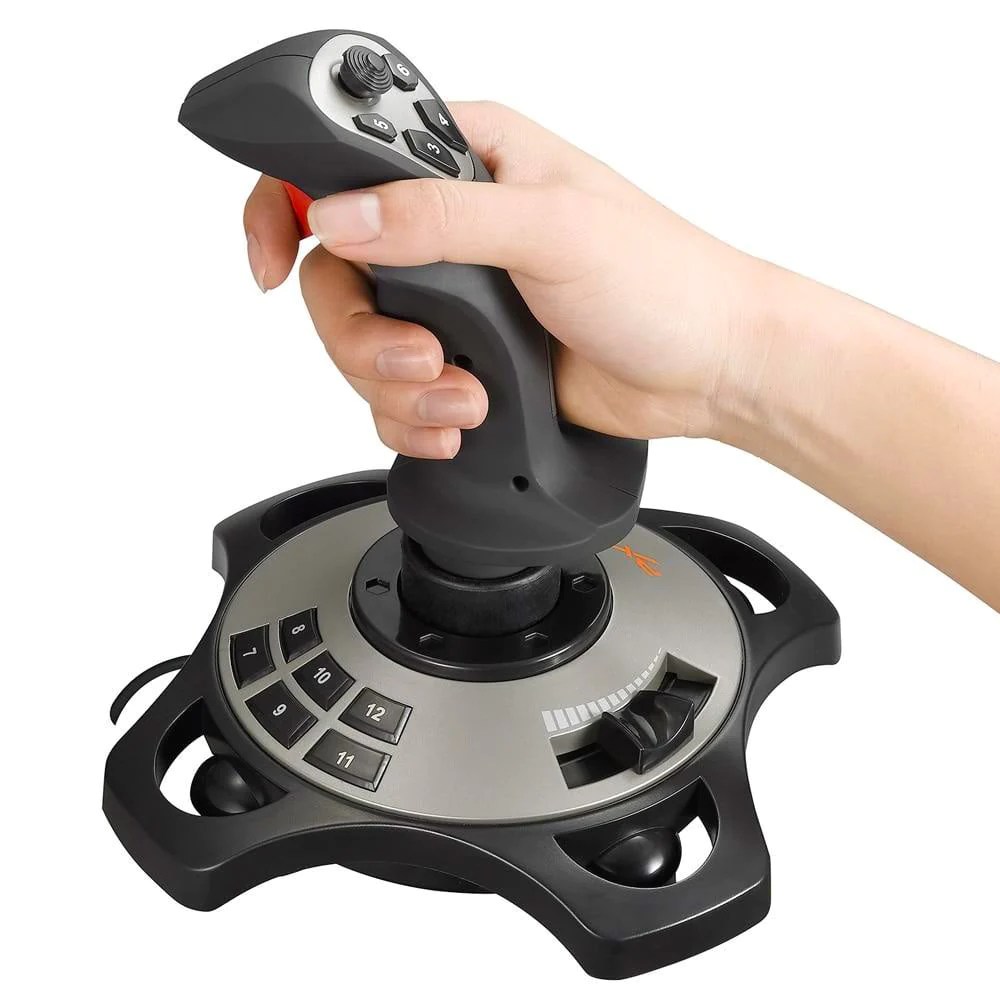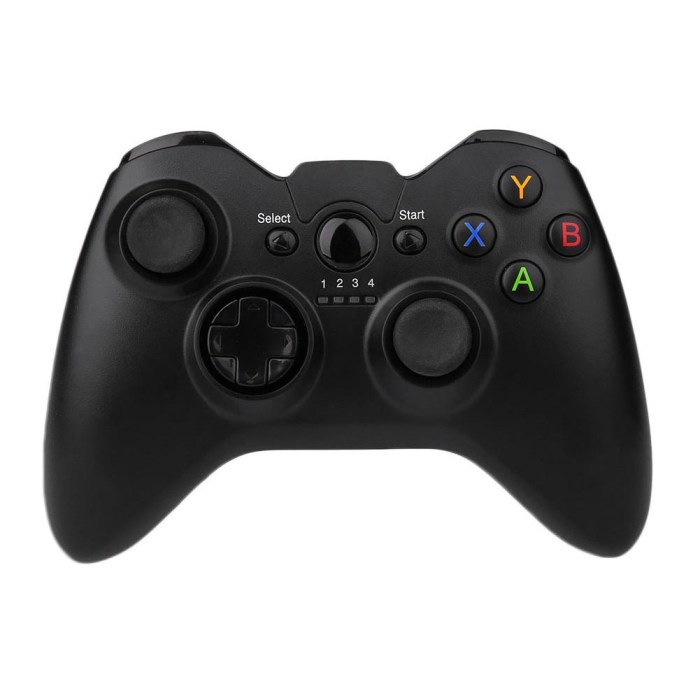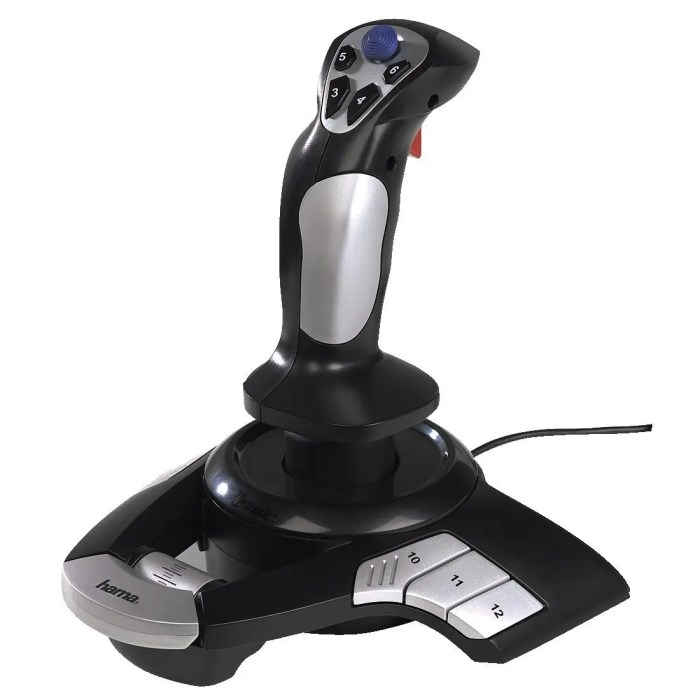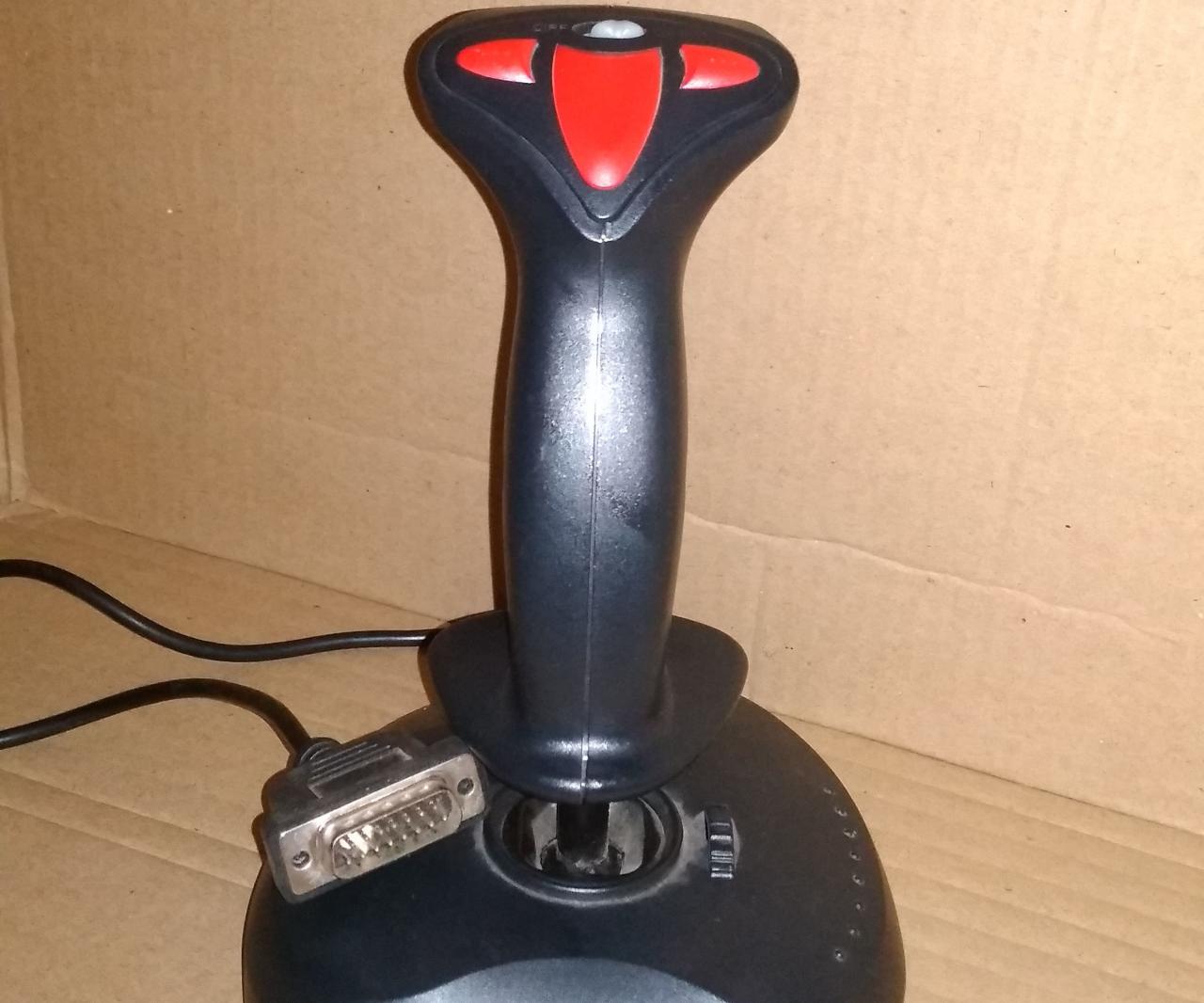A joystick is a pen-type input – A joystick, a pen-type input device, offers a unique and versatile way to interact with digital environments. Its precise movements and ergonomic design make it an ideal choice for gaming, aviation, and industrial control.
From analog to digital and hybrid models, joysticks come in various types, each tailored to specific applications. Their design incorporates springs, sensors, and buttons, enabling them to translate physical movements into digital signals.
Definition and Overview

A joystick, as a pen-type input device, is a handheld controller that translates physical movements into electrical signals, allowing users to interact with digital environments. It consists of a stick or lever that can be moved in various directions, along with buttons or triggers for additional input.
Joysticks are commonly used in gaming, simulations, and specialized control systems.Joysticks provide precise control over movement and offer an intuitive and immersive experience for users. They are particularly suited for applications requiring fine-tuned maneuvering, such as flight simulators or robotics control.
Functions and Applications
Joysticks are primarily used for controlling the movement and actions of objects in digital environments. In gaming, they are commonly used to navigate characters, vehicles, or objects in virtual worlds. Joysticks also find applications in simulations, where they provide a realistic and engaging way to interact with simulated environments, such as flight or driving simulators.Beyond
gaming and simulations, joysticks are employed in specialized control systems, such as those used in industrial automation, robotics, and medical devices. They offer precise and intuitive control over equipment and processes, enhancing efficiency and accuracy.
Types of Joysticks: A Joystick Is A Pen-type Input

Joysticks come in various types, each with its unique characteristics and applications. Understanding the differences between these types is crucial for selecting the most suitable joystick for specific needs.
Primarily, joysticks can be categorized into three main types: analog, digital, and hybrid.
Analog Joysticks, A joystick is a pen-type input
Analog joysticks provide continuous input, allowing for precise control over movement. They utilize sensors to measure the angle and force applied to the stick, translating them into analog signals. This type of joystick is commonly found in gaming controllers, flight simulators, and industrial control systems.
Digital Joysticks
Digital joysticks provide discrete input, meaning they register only two states: on or off. They typically have a spring-loaded mechanism that returns the stick to its neutral position when released. Digital joysticks are often used in arcade games, point-of-sale systems, and industrial machinery.
Hybrid Joysticks
Hybrid joysticks combine the features of both analog and digital joysticks. They provide continuous input like analog joysticks but also incorporate digital switches or buttons for additional functionality. Hybrid joysticks offer versatility and are suitable for various applications, including gaming, simulation, and robotics.
Design and Components
Joysticks typically consist of a base, a stick, and various buttons. The base is usually made of plastic or metal and provides stability and support for the joystick. The stick is usually made of metal or plastic and is used to control the movement of the cursor or other objects on the screen.
Like a joystick’s pen-type input guiding virtual flight, the ethereal wings of a dragonfly dance through the air , defying gravity with their delicate grace. As the joystick’s pen traces digital paths, the dragonfly’s wings weave intricate patterns, a testament to nature’s masterful artistry.
Yet, both share a common bond—a pen-like instrument that navigates the realms of reality and imagination.
The buttons are usually located on the base of the joystick and are used to perform various actions, such as firing weapons or jumping.
Springs
Springs are used in joysticks to provide resistance to the movement of the stick. This resistance helps to keep the stick in place when it is not being used and makes it easier to control the movement of the cursor or other objects on the screen.
Sensors
Sensors are used in joysticks to detect the movement of the stick. These sensors can be either optical or mechanical. Optical sensors use light to detect the movement of the stick, while mechanical sensors use physical contact to detect the movement of the stick.
Buttons
Buttons are used in joysticks to perform various actions, such as firing weapons or jumping. Buttons can be either momentary or latching. Momentary buttons only activate when they are being pressed, while latching buttons stay activated until they are pressed again.
Input Mechanisms

Joysticks translate physical movements into digital signals using various input mechanisms. These mechanisms determine the precision, sensitivity, and overall performance of the joystick.
Potentiometers
- Potentiometers are resistive devices that vary their resistance based on the position of a sliding contact.
- In joysticks, potentiometers are commonly used to measure the angle of deflection in one or more axes.
- As the joystick is moved, the sliding contact moves along the resistive element, changing the resistance and generating a corresponding voltage signal.
Optical Sensors
- Optical sensors use light to detect the position of a joystick’s lever or shaft.
- They emit a beam of light and measure the amount of light reflected back by a target attached to the joystick.
- The amount of reflected light varies depending on the position of the joystick, allowing for precise and non-contact sensing.
Magnetic Fields
- Magnetic field sensors use the principle of electromagnetic induction to detect the movement of a magnetic field.
- In joysticks, magnets are attached to the lever or shaft, and sensors measure the changes in the magnetic field as the joystick is moved.
- Magnetic field sensors provide high resolution and accuracy, making them suitable for high-performance applications.
Customization and Ergonomics

Customization options in joysticks allow users to tailor the device to their preferences and needs, enhancing their gaming or simulation experience. These options include adjustable buttons and stick tension, which enable gamers to fine-tune the joystick’s sensitivity, response time, and overall feel.
Ergonomic considerations play a crucial role in joystick design. Prolonged use of a poorly designed joystick can lead to discomfort, fatigue, and even injuries. Ergonomically designed joysticks prioritize comfort, reducing strain on the user’s hands, wrists, and arms.
Button Customization
- Adjustable button placement:Allows users to position buttons within easy reach, minimizing hand movement and fatigue.
- Customizable button mapping:Enables users to assign specific functions to different buttons, creating a personalized control scheme.
- Button sensitivity adjustment:Allows users to fine-tune the pressure required to activate buttons, catering to different preferences and game styles.
Stick Tension Adjustment
- Spring tension adjustment:Allows users to modify the resistance of the joystick’s stick, making it lighter or stiffer depending on their preference and the game being played.
- Damper adjustment:Controls the speed at which the joystick’s stick returns to its center position, affecting the responsiveness and feel of the device.
Ergonomic Design
- Contoured handgrips:Provide a comfortable and secure grip, reducing strain on the hands.
- Adjustable palm rest:Allows users to adjust the height and angle of the palm rest to suit their hand size and posture.
- Wrist support:Provides additional support to the user’s wrist, reducing fatigue and discomfort during extended use.
Applications and Industries
Joysticks find widespread use across various industries and applications, each leveraging their unique advantages and overcoming limitations.
In gaming, joysticks provide precise control over in-game movements and actions. Their analog input allows for nuanced control, enhancing the gaming experience. However, they may be less suitable for fast-paced or button-intensive games.
Aviation
- Aircraft control: Joysticks are a primary input device for pilots, enabling them to maneuver aircraft with precision. Their tactile feedback and responsive control make them ideal for critical flight operations.
- Flight simulators: Joysticks are essential for flight simulators, providing realistic control and enhancing the training experience for pilots.
Industrial Control
- Heavy machinery operation: Joysticks are used to control heavy machinery, such as cranes, excavators, and forklifts. They allow for precise movement and remote operation, increasing safety and efficiency.
- Robotics: Joysticks are used to control robotic arms and other robotic devices, providing precise manipulation and dexterity.
Comparison to Other Input Devices

Joysticks share similarities with other pen-type input devices, such as styluses and light pens. However, each device offers distinct advantages and disadvantages, making them suitable for different applications.
Advantages of Joysticks over Styluses and Light Pens
- Precision and Control:Joysticks provide precise control over the cursor or other on-screen elements, making them ideal for applications requiring fine movements, such as drawing or gaming.
- Ergonomics:Joysticks are designed to be held comfortably for extended periods, reducing fatigue and discomfort.
- Multi-directional Control:Joysticks allow for multi-directional movement, making them suitable for applications where quick and precise navigation is required.
Advantages of Styluses and Light Pens over Joysticks
- Natural Writing and Drawing:Styluses mimic the feel of a pen or pencil, providing a more natural and intuitive experience for writing and drawing applications.
- Compact and Portable:Styluses and light pens are typically more compact and portable than joysticks, making them convenient for on-the-go use.
- Lower Cost:Styluses and light pens are generally more affordable than joysticks.
Expert Answers
What are the advantages of using a joystick?
Joysticks offer precise control, ergonomic design, and customization options, making them ideal for gaming, simulation, and industrial applications.
What are the different types of joysticks?
Joysticks come in analog, digital, and hybrid models, each with unique characteristics and use cases.
How do joysticks work?
Joysticks use potentiometers, optical sensors, or magnetic fields to translate physical movements into digital signals.